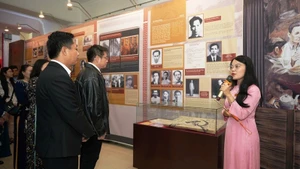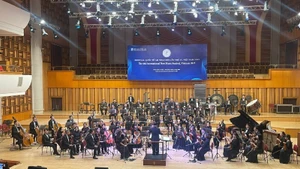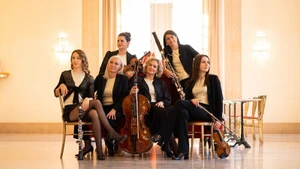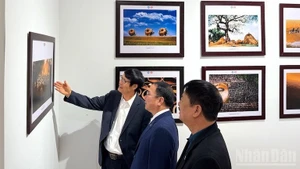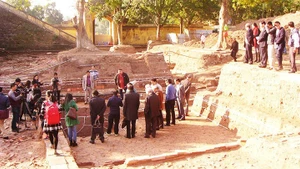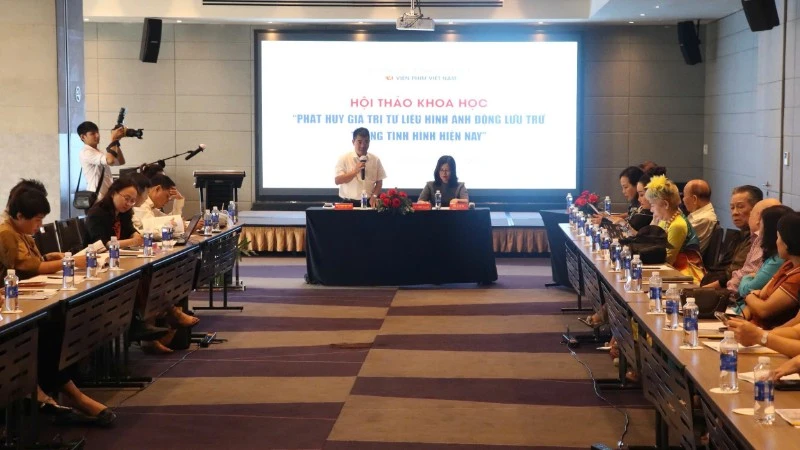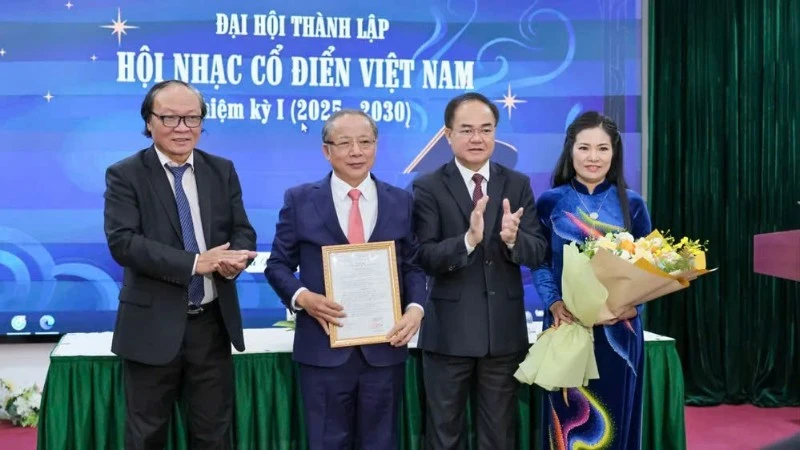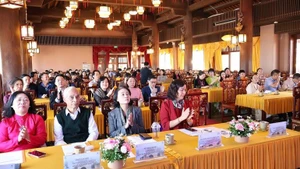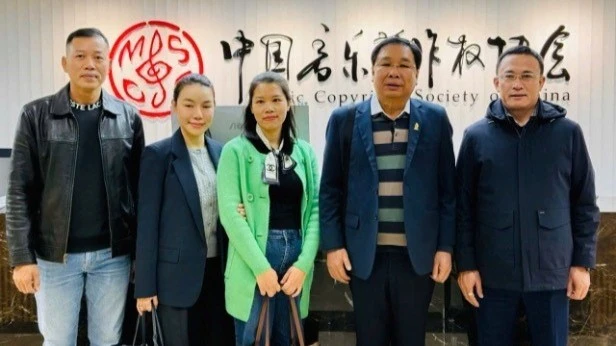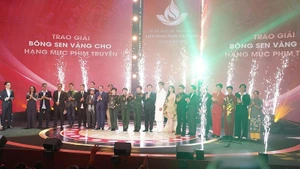The woodblocks were recognised at the 7th meeting of the MOWCAP held in the central province of Thua Thien-Hue in May this year.
Speaking at the ceremony, Suzan Vize, acting Chief of the UNESCO Office in Vietnam, expressed her admiration at the creativity hidden in the woodblocks and confirmed the uniqueness of the heritages.
Ambassador Pham Sanh Chau, Secretary-General of the Vietnam National Commission for UNESCO, said the recognition once again confirmed the studious tradition of the Ha Tinh people in particular and Vietnamese in general.
The ambassador also appreciated efforts made by Ha Tinh authorities and the Nguyen Huy family in preserving and making dossiers for the heritage. He urged the province to pay more attention to conserving and promoting the woodblocks in Vietnam, the region and the world at large.
The Phuc Giang School’s woodblocks were created by scholars of the Nguyen Huy family in Ha Tinh province in the 18th century. The blocks were used to print text books for the Phuc Giang School, which was located in the old Truong Luu village, Can Loc district.
The Phuc Giang School’s woodblocks comprise of 379 well-preserved blocks to print textbooks, said Son. The total set used to number 2,000 blocks, but many have been damaged or destroyed over time. The blocks are rare, unique and contain valuable content.
The two-century-year-old set of woodblocks forms the heritage of the Nguyen Huy family that has been preserved by the family’s descendants, he noted. They are the only ancient woodblocks created by a family for education purposes still preserved today in Vietnam.
In 1732, well-known scholar Nguyen Huy Oanh, built a local school in Truong Luu village to teach students. He also founded Phuc Giang library with thousands of books that he and his family collected over many years.
Thanks to Oanh’s deep knowledge, his teaching methods and the rich library, the school attracted a great number of students from different regions.
The contents of the woodblocks were composed by five cultural scholars of the Nguyen Huy family, who were teachers at the Quoc Tu Giam University, the country’s first university.
Nguyen Huy My, from the 16th generation of the Nguyen Huy family, noted that the woodblocks were carved using traditional techniques, including words written in Chinese and Nom (a classical vernacular script of the Vietnamese language).
They reflect various values of the country concerning culture, education, economy, society and diversity among different families.
Each woodblock, which is 20cm wide, 2cm thick and 30cm long is made of precious thi tree wood.
The Phuc Giang School’s woodblocks appeared before the woodblocks of the Nguyen Dynasty and those of Vinh Nghiem Temple in Bac Giang province. What make the Phuc Giang woodblocks special is that they belong to a family which are still being well preserved. The museum and the Nguyen Huy family have thought of solutions and materials to preserve the woodblocks.
The other five Vietnamese items recognised in the Memory of the World Regional Register for Asia and Pacific list are Royal Literature on Hue Royal Architecture, the Nguyen Dynasty’s wooden blocks and the royal records, the Van Mieu stone stele and the Vinh Nghiem Temple woodblocks.

